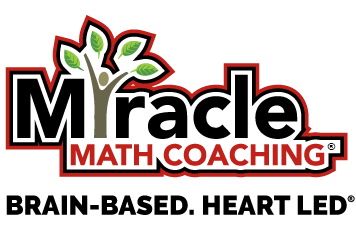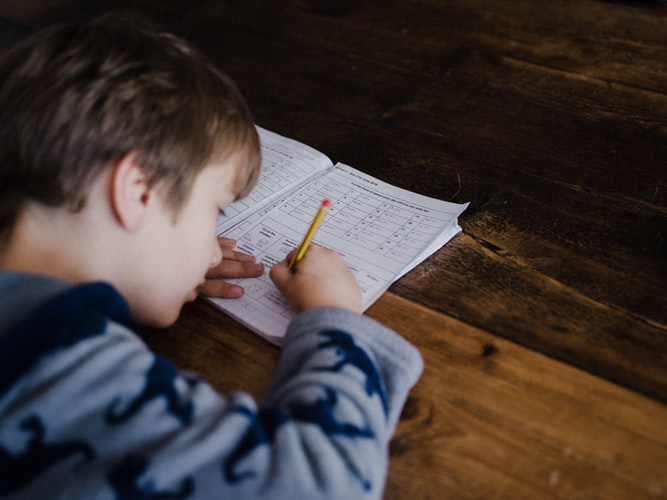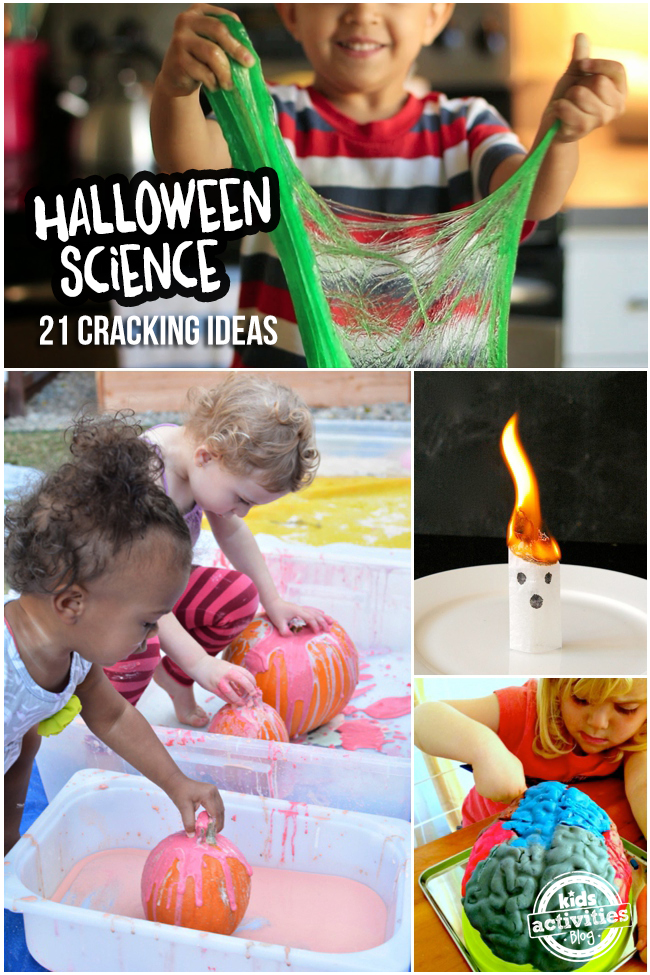Study Strategies: Spacing and Interleaving for Math Mastery

The Benefits of Spacing and Interleaving in Homework to Practice Mathematical Skills and Concepts
In terms of academic difficulty, mathematical skills and concepts rank the highest. Math doesn’t always click immediately. Sometimes it takes patience and persistence to master math skills and concepts.
Mathematics is also a cumulative subject. This means that you must understand one concept before building upon another.
Success can be achieved through homework much more easily with the right study strategies. Learn how the spacing and interleaving processes can help as an effective homework strategy.
Interleaved Practice Makes Perfect

Throughout history, most teachers have presented a certain skill or concept in the classroom followed up with practice problems immediately following the lesson. The issue is, students know exactly what needs to be done to complete the practice problems and tend to forget it easily afterward.
Interleaved practice involves multiple types of problems from the whole course so that a section of the problems reflects that of the current lesson, as well as those lessons that have already been reviewed.
The benefit to this approach is that it requires students to evaluate the problem in which they are presented and determine the best strategy for solving that problem.
The continuous “practice” of ALL of the cumulative skills and concepts allows the student to obtain “perfect” mastery of those skills and concepts.
Why Is Interleaved Practice Important?
If you provide a lesson to a student – let’s say on the Pythagorean Theory – and then you give them practice problems on that lesson, they will know exactly what to do.
While this makes classroom mastery easy and allows students to experience immediate success, it has been found that they soon forget the material.
When given standardized/state academic tests, they are then faced with a multitude of problems for which they have no idea how to solve.
By using interleaving practice, all skills and concepts are continuously presented to the student, they think more critically, and are more successful in retaining the information provided to them.
Not only does this result in higher levels of classroom success and personal success, it results in higher standardized testing scores.
What is Spacing?

It is the goal of every teacher to make certain that the information that they present in the classroom is understood and learned. While immediate success is easy, it is also easy for the students to forget the information in the subsequent weeks. We all forget, but there are steps that may be performed to reduce the amount that is forgotten.
One of the main strategies is to increase gaps of time in between learning something and doing the associated work.
While first presented in the 1880s, the act of “spacing” out learning that occurs over a period of time is now becoming immensely popular among educators.
This is – sometimes – referred to as “distributed practice”.
The reason being? It has been discovered that those that are presented with spaced lessons are capable of retaining twice as much – or, more!
How Does Spacing Train the Brain?
We have all heard of the importance of “training the brain”, as educators. Spacing helps to do just that.
A single lesson is ineffective.
Once the brain is presented with new skills and concepts, the neurons need time to recover. As the information is repeated, neural recovery takes less time.
Plus, memories are being created. The student will be reminded of earlier presentations on the skills and concepts. This activates what is referred to as “episodic memories” that are relevant.
It is at this point that the memories come together. Neural connections are made and it is easier for those skills and concepts to not just be remembered, but to be completely understood.
Homework to Practice Interleaving and Spacing
Homework – while not considered to be widely effective for elementary students – is considered to be highly effective for both middle and high school students.
Younger children master skills and concepts more efficiently through play and when all of their senses are involved.
When utilizing homework for the purpose and intent of skill and concept mastery in mathematics (or, any subject matter), it is best to provide it in a “drip, drop” fashion. This will leverage the student’s ability to see the connections in what they have learned and how it all relates.
For help in this strategy, contact us today by calling







